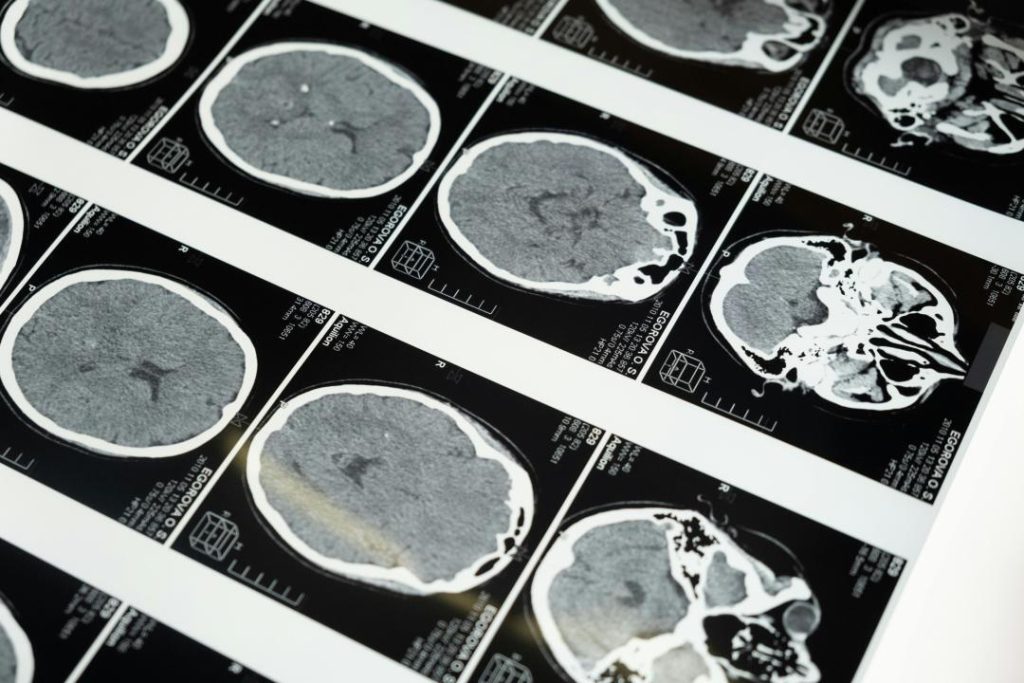
New Study Shows Diabetes Drug May Lower Brain Bleed Risk
Diabetes, a chronic condition characterized by high blood sugar levels, is a major public health concern worldwide. According to the World Health Organization (WHO), approximately 422 million people worldwide have diabetes, and this number is expected to rise to 700 million by 2045. While diabetes management is crucial for preventing complications, researchers have recently made a groundbreaking discovery that may have significant implications for people with type 2 diabetes: a study published in the Stroke journal suggests that a common diabetes medication may lower the risk of nontraumatic brain bleeding, also known as intracerebral hemorrhage.
The Study: A Breakthrough in Diabetes Research
The study, led by researchers at the University of California, San Francisco, analyzed data from over 10,000 patients with type 2 diabetes who were treated with GLP-1 receptor agonists, a class of drugs commonly used to lower blood sugar levels. The researchers found that patients who took these medications had a significantly lower risk of developing nontraumatic brain bleeding compared to those who did not take the medications.
Intracerebral hemorrhage, or brain bleeding, is a serious and potentially life-threatening condition that occurs when a blood vessel in the brain ruptures, causing bleeding within the brain tissue. This type of bleeding is often caused by high blood pressure, blood vessel damage, or other vascular conditions. According to the American Heart Association, intracerebral hemorrhage is the most common type of stroke, accounting for approximately 10% to 15% of all strokes.
The study’s findings suggest that GLP-1 receptor agonists may have a neuroprotective effect, reducing the risk of brain bleeding in people with type 2 diabetes. This is significant, as brain bleeding is a major complication of diabetes, and current treatments for type 2 diabetes have not shown a direct impact on reducing this risk.
The Mechanism Behind the Neuroprotective Effect
So, how do GLP-1 receptor agonists achieve this remarkable feat? The researchers propose that the medications may reduce the risk of brain bleeding by:
- Lowering blood pressure: GLP-1 receptor agonists are known to have a robust effect on blood pressure, which is a major risk factor for brain bleeding.
- Improving blood vessel function: The medications may help to improve blood vessel flexibility and reduce inflammation, both of which are key factors in the development of brain bleeding.
- Reducing oxidative stress: GLP-1 receptor agonists may have antioxidant properties, which could help to reduce oxidative stress and inflammation in the brain, both of which contribute to brain bleeding.
Broader Brain-Protective Benefits
The study’s findings are not limited to brain bleeding risk reduction. The researchers also found that GLP-1 receptor agonists reduced the overall risk of stroke and death in patients with type 2 diabetes. This suggests that the medications may have broader brain-protective benefits beyond their impact on blood sugar control.
Implications for Diabetes Management
The study’s results have significant implications for diabetes management and treatment. For patients with type 2 diabetes, GLP-1 receptor agonists may become an important part of their treatment regimen, particularly for those at high risk of brain bleeding.
Moreover, the study highlights the need for further research into the neuroprotective effects of diabetes medications. As the global burden of diabetes continues to rise, it is essential that researchers and clinicians explore new ways to reduce the risk of complications, including brain bleeding.
Conclusion
The recent study published in Stroke journal offers exciting new insights into the potential benefits of GLP-1 receptor agonists for patients with type 2 diabetes. By reducing the risk of brain bleeding, these medications may improve outcomes for patients with diabetes and reduce the overall burden of stroke and death.
As researchers continue to unravel the mechanisms behind these medications’ neuroprotective effects, it is essential that clinicians and patients alike remain informed about the latest developments in diabetes research. By working together, we can develop new and effective treatments that improve the lives of people with diabetes worldwide.
Source:
https://thepfc.club/blogs/news/can-diabetes-medications-lower-the-risk-of-brain-bleeding






